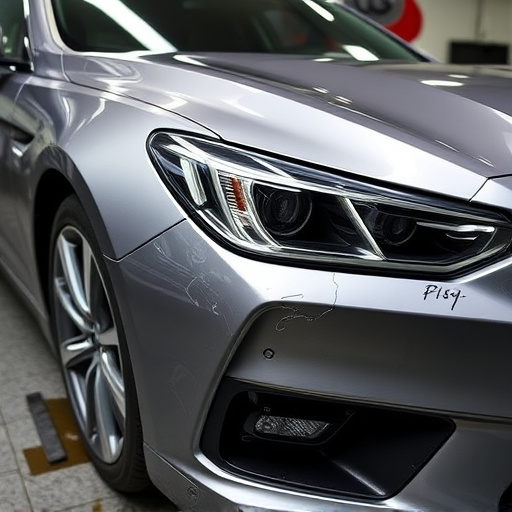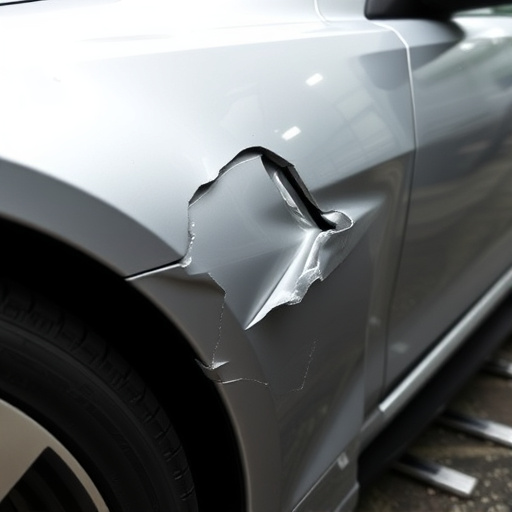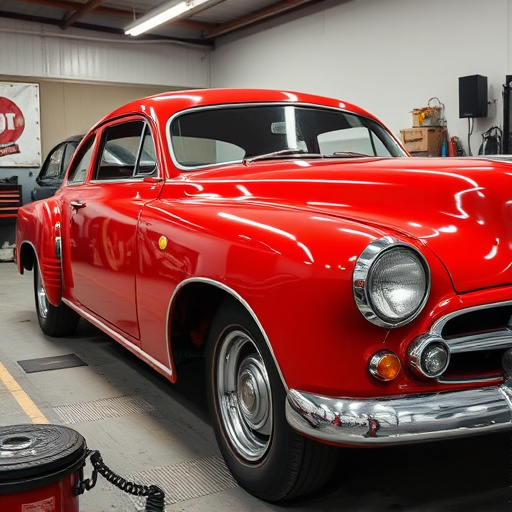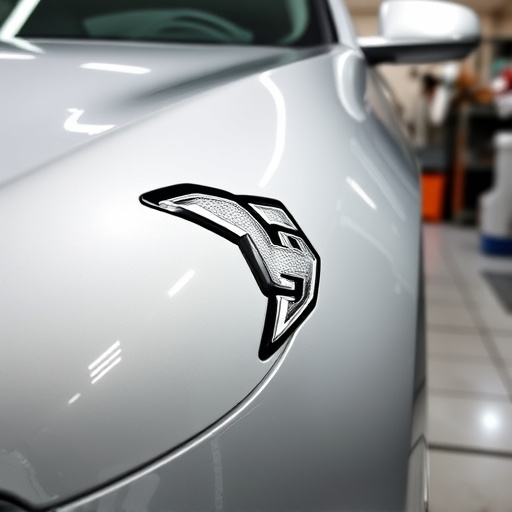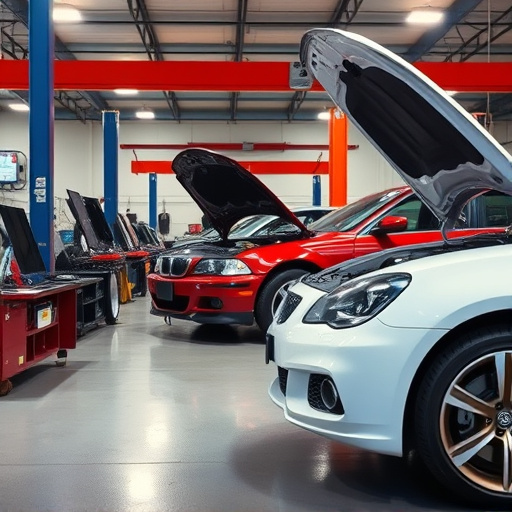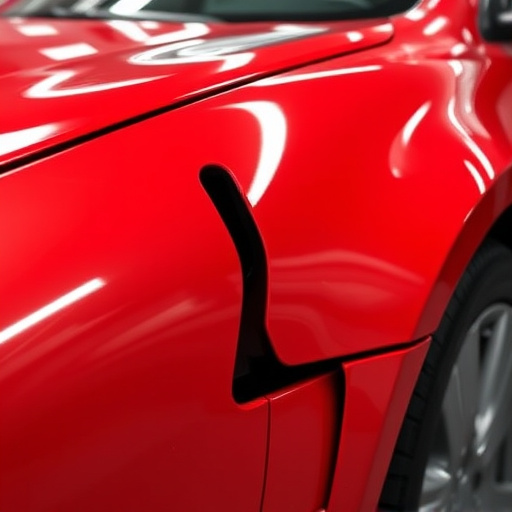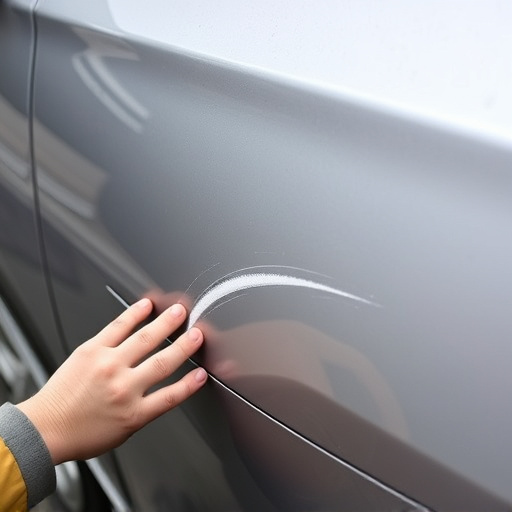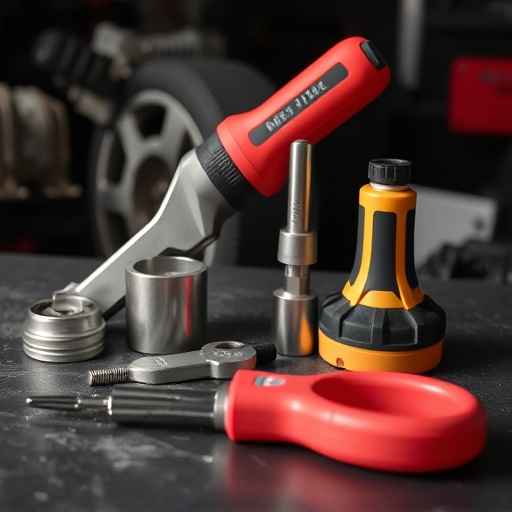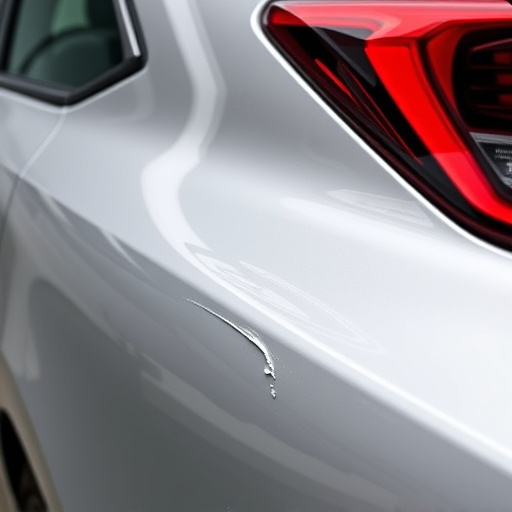Plastic welding technology is revolutionizing modern automotive design by replacing traditional methods with lightweight, durable high-performance plastics. This technology enhances structural integrity, fuel efficiency, and performance while offering efficient and precise solutions for car repair services. By facilitating the integration of plastic components, it enables manufacturers to create stronger, lighter vehicles with enhanced safety features and better bumper repair performance. Plastic welding also supports creative designs, corrosion resistance, and cost-effective auto body work, preserving vehicle value.
Plastic welding technology is transforming vehicle design and performance. Modern cars increasingly incorporate lightweight, durable plastics, driven by sustainability and efficiency goals. This shift challenges traditional joining methods, prompting advancements in plastic welding. By enhancing structural integrity through precise, strong bonds, this technology improves vehicle performance, safety, and fuel economy. From innovative manufacturing processes to real-world case studies, the latest developments in plastic welding are revolutionizing the automotive industry.
- The Role of Plastic Welding in Modern Automotive Design
- – Exploring the shift towards lightweight and durable materials
- – Benefits of using plastic components in vehicles
The Role of Plastic Welding in Modern Automotive Design

In modern automotive design, plastic welding technology plays a pivotal role in enhancing vehicle performance and efficiency. With advancements in materials science and engineering, automakers are increasingly incorporating high-performance plastics into their vehicles’ construction due to their lightweight nature, durability, and cost-effectiveness. Traditional joining methods like riveting or gluing often fall short when it comes to achieving the required structural integrity and aesthetic quality demanded by today’s car buyers. Plastic welding technology offers a game-changer solution.
This innovative approach allows for precise and seamless fusion of various plastic components, enabling complex geometric designs that would be challenging or impossible to achieve with other methods. By seamlessly integrating plastics into vehicle structures, manufacturers can reduce weight, improve fuel efficiency, and enhance overall performance. Furthermore, the precision inherent in plastic welding ensures superior structural integrity, contributing to safer cars and reduced environmental impact through lower energy consumption during production and operation. This not only benefits automakers in terms of cost-effectiveness but also provides car repair services and automotive collision repair professionals with a more efficient and precise way to handle auto body repair for damaged vehicles.
– Exploring the shift towards lightweight and durable materials
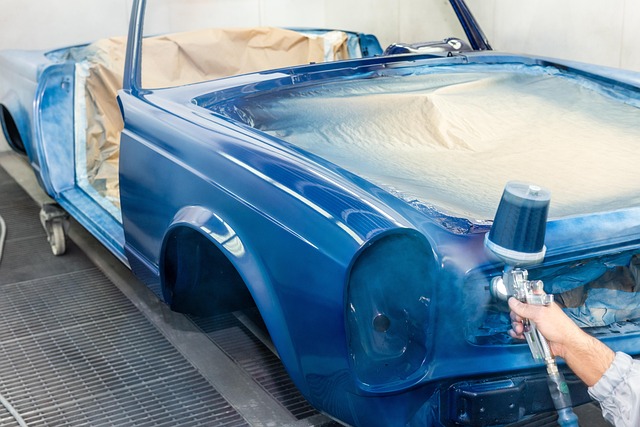
The automotive industry is undergoing a significant transformation, driven by a need for lightweight and durable materials to enhance vehicle performance and fuel efficiency. Traditional metal components are being replaced with innovative alternatives, such as advanced plastics, to meet the demands of modern drivers and environmental regulations. Plastic welding technology plays a pivotal role in this shift, enabling the seamless integration of these new materials into car bodywork services and collision repair processes.
By leveraging plastic welding technology, manufacturers can produce stronger, lighter, and more resilient vehicle structures. This not only contributes to better fuel economy but also enhances safety features, as lightweight components can help reduce a car’s overall weight, improving its performance in bumper repair scenarios. Moreover, the versatility of plastic welding allows for intricate designs and complex shapes, making it an ideal solution for both aesthetic improvements and structural integrity in collision repair services.
– Benefits of using plastic components in vehicles

In today’s automotive industry, the integration of plastic components in vehicles has revolutionized both performance and design. One of the key benefits is the significant weight reduction achieved through plastics, which directly contributes to improved fuel efficiency and better handling dynamics. Plastic welding technology plays a pivotal role in this transformation, enabling precise and durable connections between these lightweight materials. This advancement not only enhances vehicle performance but also opens up new possibilities for car designers.
Moreover, plastic parts offer exceptional versatility in terms of color, shape, and texture, allowing for more creative and unique automotive designs. They are also highly resistant to corrosion, ensuring longer lifespans compared to traditional metal components. For auto body work and car dent repair, plastic welding technology provides a reliable solution, offering cost-effective repairs with minimal loss of structural integrity or aesthetic appeal, which is crucial in maintaining the overall value of vehicles.
Plastic welding technology plays a pivotal role in shaping the future of vehicle performance. By enabling the integration of lightweight yet durable plastic components, modern automotive design is revolutionizing fuel efficiency and overall vehicle dynamics. This innovative approach not only reduces weight but also offers enhanced structural integrity, contributing to safer and more environmentally friendly transportation. As the automotive industry continues to evolve, mastering plastic welding technology will be key to unlocking the full potential of advanced vehicle designs.
